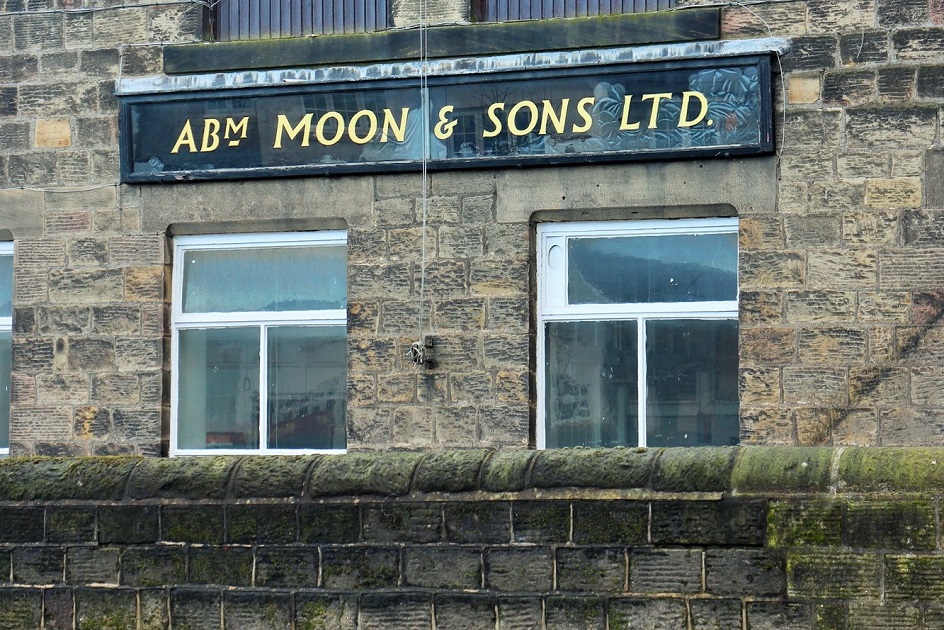| Title | All History Matters |
| Date | 1750 – 1799 |
| Location | Aireborough |
| Written By | Carlo Harrison |
| Comment | Extracts from documents held in the Archive Room, Yeadon Town Hall. |
1750 – 1799
Leeds Cloth Hall was erected in 1756 where the G.P.O. is in City Square.
It was built for the purpose of selling woollen cloth manufactured in the West Riding of Yorkshire.
The building was governed by 15 trustees. The towns of Yeadon & Guiseley were entitled to 1 trustee. Horsforth & Rawdon also had one trustee.
Each clothier was entitled to 1 stall for every £2.10s he subscribed, but no one had more than three on which to sell his cloth. He also paid 6d per year to defray expenses.
Trustees: Horsforth & Rawdon Mr. Wm. Aston. Yeadon & Guiseley, Mr Joseph Denison.
Guiseley 1780. (written in 1880)
In those days weavers & Apprentices had no easy time of it. The latter especially were not cared for then as they are now nor were they so fastidious as to what they ate or drank or wore, for the simple reason doubtless that no complaints would be heeded save than by a thrashing inflicted upon the complainer.
Many of the apprentices in those unfortunate times were not allowed to approach the masters fire except when their duty called 0n them to replenish or kindle it, & the place where they got their meals was generally behind the door. Nor did those meals consist of very fine delicacies, for even good wheat bread was a dainty of which poor apprentices vary rarely were allowed to partake.
I have heard many old men state that in their early years they had to rise at 5am & work from that hour until 9 & 10 o’clock at night; that their meals consisted of hard dry corn with cold beer or blue milk to help them down it.
Their breeches were made of leather & a material better adapted to wear than to comfort.
There were no stoves in the workrooms in winter time in those days & when the bobbins were frozen the men had to put them in their bosoms to thaw.
Such was the state of things one hundred years ago, when two persons had to weave on one loom.
Eventually the steam engine superseded the horse-mills & in a very short time afterwards what is now called the Old Mill was built. Horse-mills were things of the past.
It was in 1793 that the “Old Mill” was erected for Joseph Cawthraw. This mill was the first that was worked by a steam engine & when the boiler & engine were fixed in this place they were considered the wonder of the age, & caused great excitement.
The trade of Yeadon at this time was almost entirely the manufacture of soldier coatings.
Henshaw Mill was built in 1810 by Mr, Denison. The present occupiers are Thomas Myers & Co.
Dixon Mill was run by water power & used both as worsted & a woollen mill but I cannot get to know the year of its foundation.
Nathaniel Claughton left it in 1841 when it was run as a Company Mill for a short time by Joseph Hustler & others till they went down to the Old Mill & this factory standing on an eminence on the top of the town was converted into cottages in 1847 & 1848.
The next mill that was built by the Lord of the Manor in the upper part of the township & called “Union Mill” which was let to a company under the name of Baldwin Brown & Co which company prospered until in 1851 they built an additional mill a little lower down the street & called it Albert Mill. These two mills are now run by the same company which has enjoyed varying success.
Many have risen from this company to build large mills of their own & have always looked back with pride upon the time of their connection with Baldwin Brown & Co. A few of the old promoters are still living one of the most constant attenders being he whose name the Company still bears; I mean Joseph Brown.

